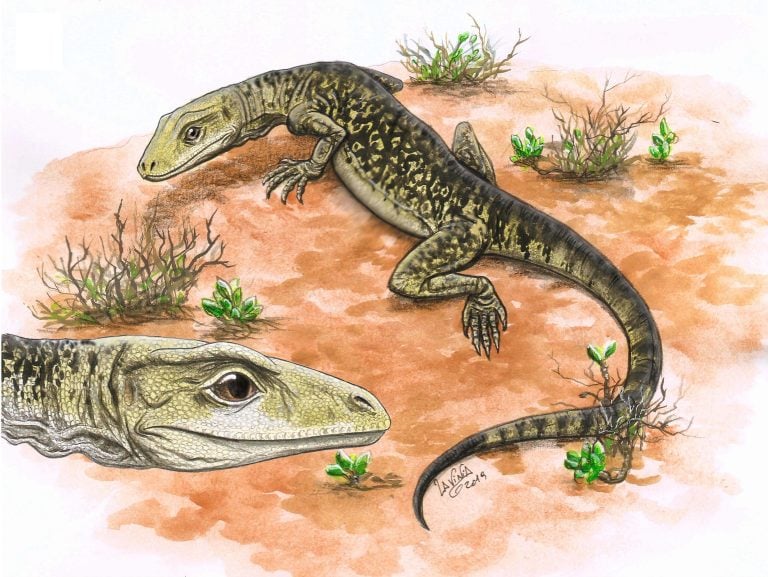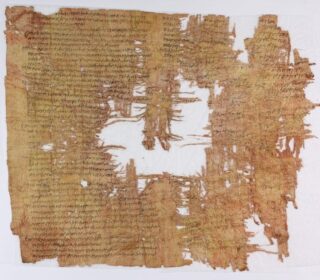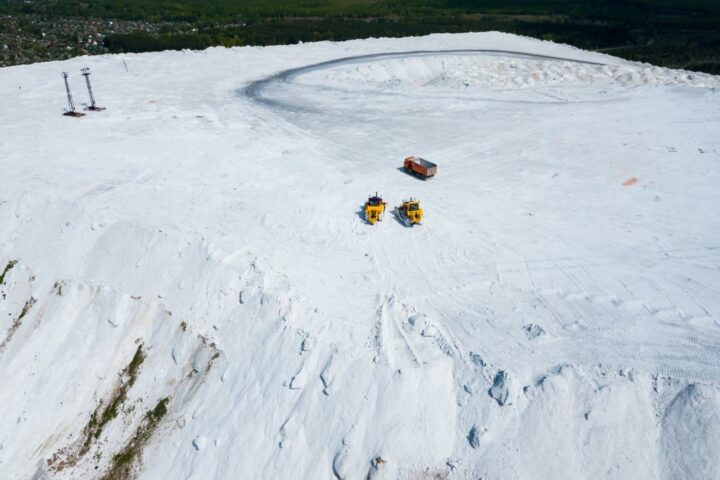A groundbreaking fossil find has confirmed the discovery of the oldest modern lizard, dating back an astonishing 205 million years. This remarkable specimen, named Cryptovaranoides microlanius, has shaken up the evolutionary history of modern lizards, pushing back their origins by a staggering 35 million years.
The Controversy Surrounding the Fossil
Initially, the University of Bristol team’s findings were met with skepticism, with some researchers questioning the fossil’s classification as a modern lizard. However, a rigorous reanalysis of the fossil has dispelled any doubts, confirming its status as a member of the Squamata group, which includes modern lizards and snakes.
Ancient Origins
The discovery of Cryptovaranoides microlanius has significant implications for our understanding of the evolutionary history of modern lizards. The fossil’s age suggests that the origins of modern lizards date back to the Triassic period, a time of great upheaval and transformation on our planet.
Confirming the Classification
To confirm the fossil’s classification, the researchers conducted a thorough analysis of its anatomical features, including its skull, jaws, teeth, and limb bones. The results of this analysis, combined with a phylogenetic analysis of the fossil’s characteristics, leave no doubt that Cryptovaranoides microlanius is a modern lizard.
Implications for Evolutionary History
The discovery of Cryptovaranoides microlanius has far-reaching implications for our understanding of the evolutionary history of modern lizards. By pushing back the origins of modern lizards by 35 million years, this fossil discovery has rewritten the history of these fascinating creatures.
Reference
Whiteside, D. I., Chambi-Trowell, S. A. V., & Benton, M. J. (2024). Late Triassic †Cryptovaranoides microlanius is a squamate, not an archosauromorph. Royal Society Open Science, 11(10), 231874. DOI: 10.1098/rsos.231874

















